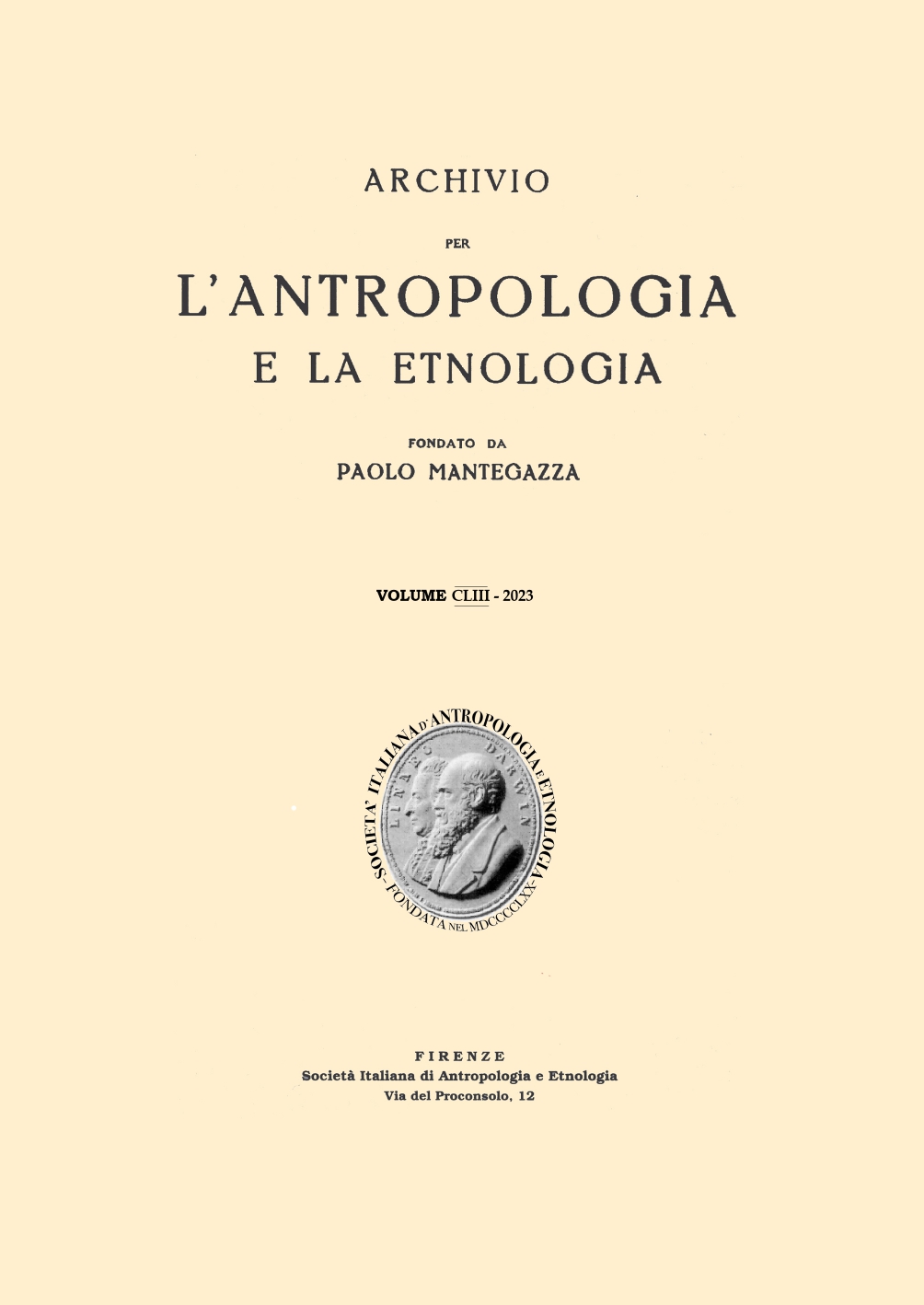Ricognizione e analisi antropologiche delle spoglie mortali di Ferrante Gonzaga Duca di Guastalla

Published 2023-11-01
Keywords
- Duke of the Reinaissance,
- historical context,
- skeletal remains,
- anthropology,
- healt status
How to Cite
Copyright (c) 2023 Francesco Mallegni, †Elena Bedini, Gabriele Mallegni, Paolo Bertelli

This work is licensed under a Creative Commons Attribution 4.0 International License.
Abstract
The mortal remains of Ferrante Gonzaga (Mantua, 28 January 1507-Brussels, 15 November 1557), Italian condottiere (military leader) leader and trusted man of Emperor Charles V, are presented and discussed from the physical-anthropological point of view. Ferrante Gonzaga was appointed by Charles V as viceroy of Sicily from 1535 to 1546 and governor of Milan from 1546 to 1554. His skeletal remains were found in a room of the current sacristy of the Duomo in a lead coffin of anthropomorphic shape enclosed in turn in a wooden box, parallelepiped-shaped with a «barrel» roof. Through the anthropological examination
of his skeleton, it was possible to demonstrate not only that the bones in the coffin really belonged to Ferrante Gonzaga, but also to highlight the strong bone structure of Ferrante as reported in the writings of those who knew this historical figure and could relate to his attitude to physical exercises and riding, activities that contributed strongly to defining it. In the anthropological study, other documented aspects of his life are considered: traces of wounds in battles, physical stress markers as far as well as surgical practices during the artificial mummification of his corpse. These aspects are highlighted and discussed through radiographic examinations of his remains. The physiognomic reconstruction of his face allows us to notice traits that also recur in other members of his closest kinship and are highlighted in their effigies as can be seen from the
artworks of talented painters of the time.
